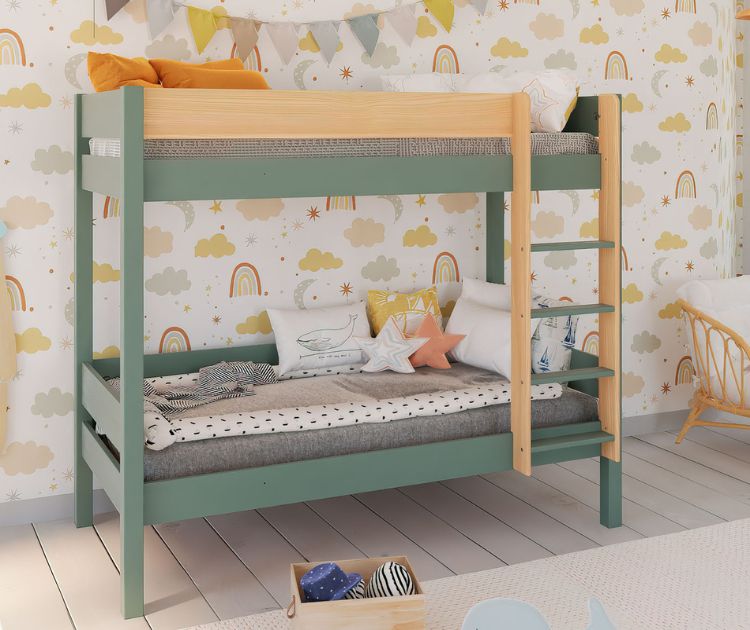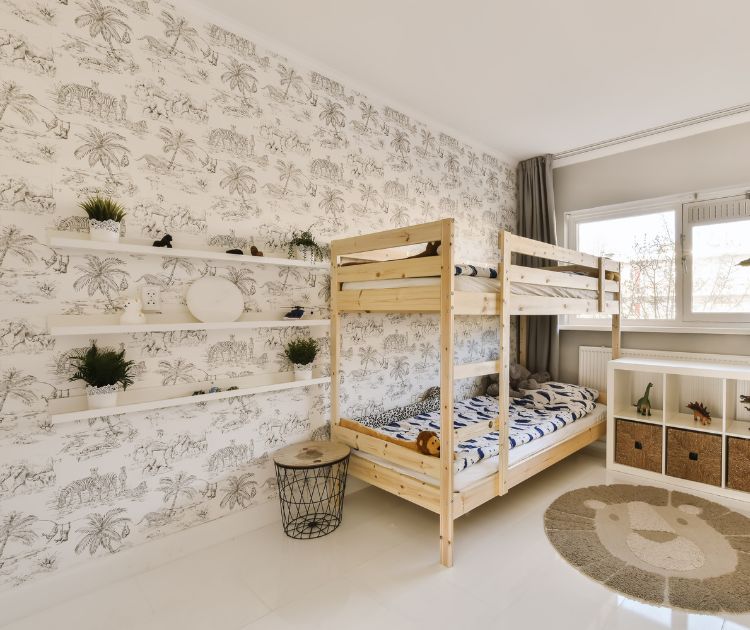How to choose a room theme that will grow with your child?
Categories:
Children's Room
 Choosing the right baby blanket dimensions according to season and age
Choosing the right baby blanket dimensions according to season and age
 How to attach a headboard (with or without drilling): quick and effective soluti
How to attach a headboard (with or without drilling): quick and effective soluti
 Waterproof sheet or mattress protector: the best solution by age group
Waterproof sheet or mattress protector: the best solution by age group
 27 Original, Useful, and Trendy Christmas Ideas for Teens 2025
27 Original, Useful, and Trendy Christmas Ideas for Teens 2025
 Christmas Activities for Baby: Creative Ideas for Home & Daycare
Christmas Activities for Baby: Creative Ideas for Home & Daycare

That's it, your child is moving to a big kid bed and you've decided to take this opportunity to revamp their room's decoration. Goodbye baby decor, it's time to choose a theme that matches your child's current tastes. The problem is that these preferences will quickly change over time. So how do you choose a theme that will grow with your child? How do you implement this project? What tips should you know? What should you do if your child isn't happy with their new room?

It's not always easy for parents to start decorating their child's room. Once in the decoration store aisles, you can quickly feel lost. Choosing a theme helps to set the tone and choose a direction to create harmonious decoration in the room. Once in stores or on online shopping sites, you'll find it much easier to sort through and find furniture and decorative objects that match the chosen theme.
Before starting any purchases or work, we therefore recommend selecting a theme first.
To find the right theme for your child's room, you'll need to discuss it with the main person concerned. You can start by asking some questions to know their preferences in terms of colors and atmosphere, then make suggestions. The goal? Avoid falling into overly specific themes like a particular hero, for example, which they might quickly grow tired of.
Rather than choosing Paw Patrol or Cars, suggest themes like the jungle or knights instead. Try to opt for a theme that's broad enough and not too childish since the goal is for this decoration to grow with your child.
You can then opt for a mood based on a color, or a more specific theme such as:

Once the theme is chosen, it's your turn to bring your child's room to life. You can easily find inspiration on social networks like Instagram or Pinterest, which are full of inspiring images. The key here is to always keep in mind that your child might get tired of the chosen atmosphere. Therefore, some good practices should be adopted:
More than your choices in decoration, it's also the furniture you'll install in the room that can make all the difference. For example, a growing child will often need a desk in their room. In a small room, space can become scarce. Fortunately, there are ingenious solutions like the loft bed for example.
The children's loft bed is a bed positioned at height. It looks a bit like a bunk bed, but with the bottom bunk removed. Loft beds are very popular furniture pieces in a child's room because a single loft bed easily allows you to use the space underneath the bed frame. There's also what we call the loft bed with desk (equipped with a desk underneath), as well as the convertible children's loft bed. This is notably the case with our London anthracite children's loft bed 90x190. It can transform from a classic children's bed to a mid-height bed and then to a loft bed. This way you have the possibility to choose a sustainable bed.
You've redone all the decoration in your child's room, and it's a flop... Unfortunately, this is one of the risks, especially with children who are resistant to change. Try to understand what they don't like (is it a particular choice, the theme, or change in general?). Offer to make changes so they can make the space their own. Above all, give them time to discover this new space and get used to it.
To avoid any drama, it's important that your child fully participates in the process. You can certainly try to surprise them, but you then risk disappointment. It's up to you to work with your child's personality so that this new decoration pleases them and they feel good in their room. Only you know how to succeed in this challenge.
